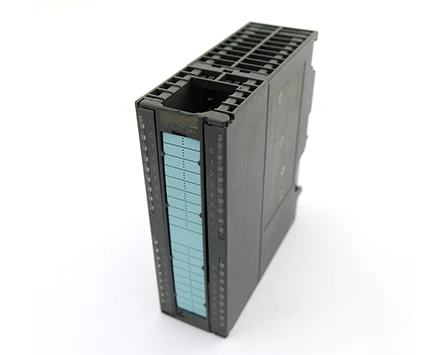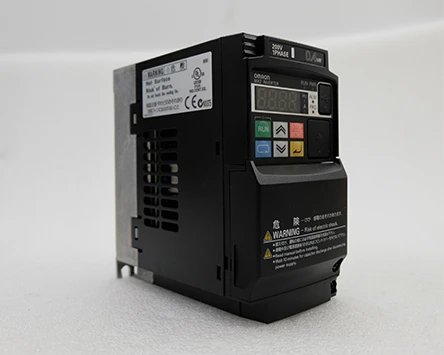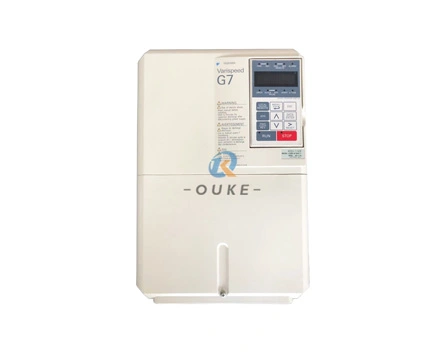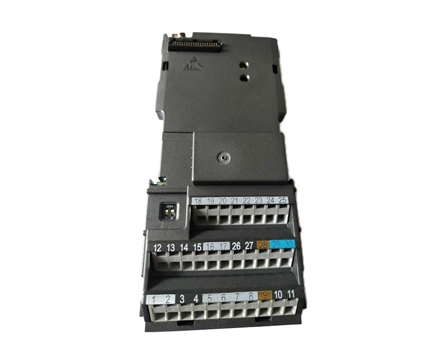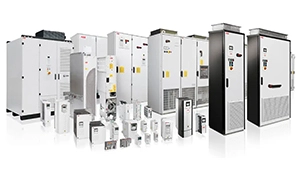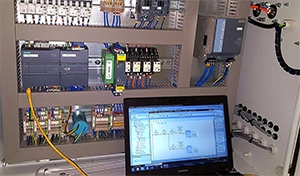
Generally servo motor device is divided into three control methods, which includes position control, speed control and torque control. This article will take you to understand the control methods of servo motor products.
1. Position control mode
Position control mode refers to fixed-length control, or the angle or length is determined according to the number of pulses. It relies on receiving the digital pulse sent by the host computer to control the servo action, which is equivalent to a pulse motor corresponding to one angle, and the angle is determined by the motor encoder accuracy and electronic gear ratio.
2. Speed control mode
Speed control mode refers to control the rotation speed and general transmission. It relies on receiving the voltage provided by the host computer to control the speed of electric motor device. It is an analog control. The electric motor speed is determined by the size of the input voltage.
3. Torque control mode
Torque control mode refers to occasions that need to control force, such as tension control, retract roll control and other occasions that achieve through current control. It also relies on receiving the voltage provided by the host computer to control the output and speed of the motor. If you want to control the output and speed at the same time, you must provide 2 sets of analog quantities.
Generally, position control is used the most, because it is the simplest and easy to understand. However, in high-response occasions, speed control is required, because the internal position control of the drive also needs to be controlled by digital-to-analog conversion into analog. The speed control has one less conversion step, so the response speed is faster than the position control.
Usually there are also three control methods for AC servo motors. They are amplitude control, phase control and amplitude phase control.
1. Amplitude control: The control voltage and the excitation voltage maintain a phase difference of 90 degrees, and only the control voltage amplitude is changed.
2. Phase control: During phase control, both the control voltage and the excitation voltage are rated voltages, and the servo motor part can be controlled by changing the phase difference between the control voltage and the excitation voltage.
3. Amplitude and phase control: both the amplitude and phase are controlled by changing the amplitude of control voltage and the phase difference of control voltage and excitation voltage to control the servo motor speed.
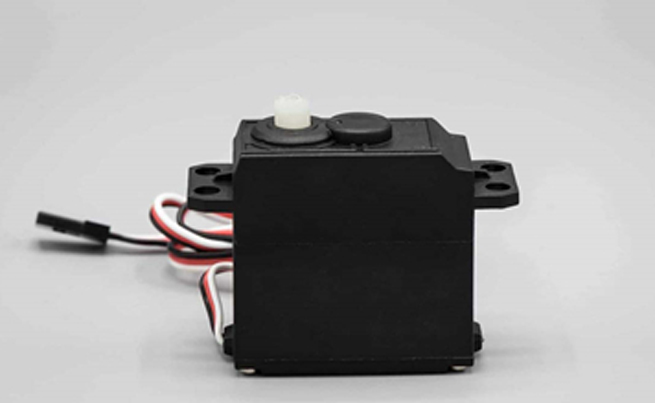
In the three modes of servo control, generally speed control and torque control are all controlled by analog. Position control is controlled by sending pulses. The specific control method to be used should be selected according to the customer's requirements and which motion functions to meet. If you have no requirements on the speed and position of the motor, you only need to output a constant torque, of course, you need to use the torque mode. If there are certain accuracy requirements for speed and position and you are not very concerned about real-time torque, it is not convenient to use torque mode. So, it is better to use speed or position mode.
 English
English 日本語
日本語 한국어
한국어 français
français Deutsch
Deutsch Español
Español italiano
italiano русский
русский العربية
العربية Türkçe
Türkçe Jawa
Jawa